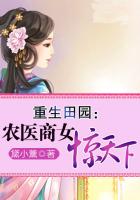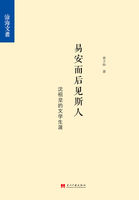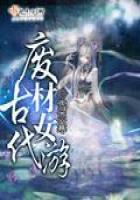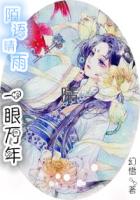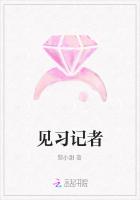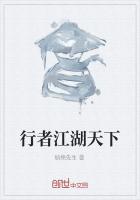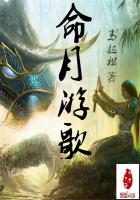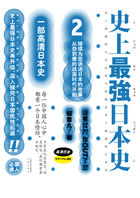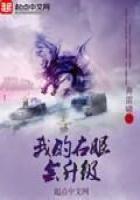Let us return to the reed-stump which gives us these details. Beyond the cotton-wool cylinder wherein ten cocoons are lodged in a row comes an empty space of half a decimetre or more. (About two inches.--Translator's Note.) The Osmiae and the Leaf-cutters are also accustomed to leave these long, deserted vestibules. The nest ends, at the orifice of the reed, with a strong plug of flock coarser and less white than that of the cells. This use of closing-materials which are less delicate in texture but of greater resisting-power, while not an invariable characteristic, occurs frequently enough to make us suspect that the insect knows how to distinguish what is best suited now to the snug sleeping-berth of the larvae, anon to the defensive barricade of the home. Sometimes the choice is an exceedingly judicious one, as is shown by the nest of the Diadem Anthidium. Time after time, whereas the cells were composed of the finest grade of white cotton, gathered from Centaurea solsticialis, or St. Barnaby's thistle, the barrier at the entrance, differing from the rest of the work in its yellow colouring, was a heap of close-set bristles supplied by the scallop-leaved mullein. The two functions of the wadding are here plainly marked. The delicate skin of the larvae needs a well-padded cradle; and the mother collects the softest materials that the cottony plants provide. Rivalling the bird, which furnishes the inside of the nest with wool and strengthens the outside with sticks, she reserves for the grubs' mattress the finest down, so hard to find and collected with such patience. But, when it becomes a matter of shutting the door against the foe, then the entrance bristles with forbidding caltrops, with stiff, prickly hairs.
This ingenious system of defence is not the only one known to the Anthidia. More distrustful still, the Manicate Anthidium leaves no space in the front part of the reed. Immediately after the column of cells, she heaps up, in the uninhabited vestibule, a conglomeration of rubbish, whatever chance may offer in the neighbourhood of the nest: little pieces of gravel, bits of earth, grains of sawdust, particles of mortar, cypress-catkins, broken leaves, dry Snail-droppings and any other material that comes her way. The pile, a real barricade this time, blocks the reed completely to the end, except about two centimetres (About three-quarters of an inch.--Translator's Note.) left for the final cotton plug. Certainly no foe will break in through the double rampart; but he will make an insidious attack from the rear. The Leucopsis will come and, with her long probe, thanks to some imperceptible fissure in the tube, will insert her dread eggs and destroy every single inhabitant of the fortress. Thus are the Manicate Anthidium's anxious precautions outwitted.
If we had not already seen the same thing with the Leaf-cutters, this would be the place to enlarge upon the useless tasks undertaken by the insect when, with its ovaries apparently depleted, it goes on spending its strength with no maternal object in view and for the sole pleasure of work. I have come across several reeds stopped up with flock though containing nothing at all, or else furnished with one, two or three cells devoid of provisions or eggs. The ever-imperious instinct for gathering cotton and felting it into purses and heaping it into barricades persists, fruitlessly, until life fails. The Lizard's tail wriggles, curls and uncurls after it is detached from the animal's body. In these reflex movements, I seem to see not an explanation, certainly, but a rough image of the industrious persistency of the insect, still toiling away at its business, even when there is nothing useful left to do. This worker knows no rest but death.
I have said enough about the dwelling of the Diadem Anthidium; let us look at the inhabitant and her provisions. The honey is pale-yellow, homogeneous and of a semifluid consistency, which prevents it from trickling through the porous cotton bag. The egg floats on the surface of the heap, with the end containing the head dipped into the paste. To follow the larva through its progressive stages is not without interest, especially on account of the cocoon, which is one of the most singular that I know. With this object in view, I prepare a few cells that lend themselves to observation. I take a pair of scissors, slice a piece off the side of the cotton-wool purse, so as to lay bare both the victuals and the consumer, and place the ripped cell in a short glass tube. During the first few days, nothing striking happens. The little grub, with its head still plunged in the honey, slakes its thirst with long draughts and waxes fat. A moment comes...But let us go back a little farther, before broaching this question of sanitation.
Every grub, of whatever kind, fed on provisions collected by the mother and placed in a narrow cell is subject to conditions of health unknown to the roving grub that goes where it likes and feeds itself on what it can pick up. The first, the recluse, is no more able than the second, the gadabout, to solve the problem of a food which can be entirely assimilated, without leaving an unclean residue. The second gives no thought to these sordid matters: any place suits it for getting rid of that difficulty. But what will the other do with its waste matter, cooped up as it is in a tiny cell stuffed full of provisions? A most unpleasant mixture seems inevitable. Picture the honey-eating grub floating on liquid provisions and fouling them at intervals with its excretions! The least movement of the hinder-part would cause the whole to amalgamate; and what a broth that would make for the delicate nursling! No, it cannot be; those dainty epicures must have some method of escaping these horrors.

